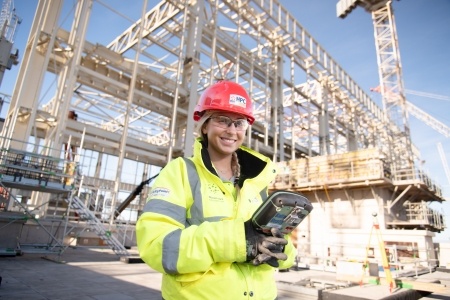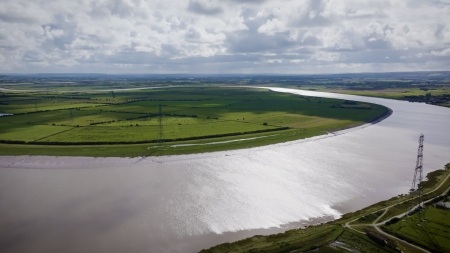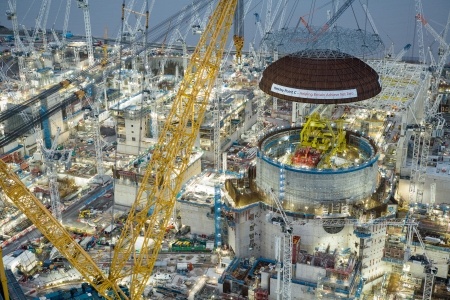
Hinkley Point C announces the launch of the Technical Support Alliance
The Hinkley Point C Project has announced the launch of a new multi-million pound technical and engineering services agreement (The HTSA) which comprises existing Tier 1 services suppliers Atkins, Frazer-Nash Consultancy and Wood plc.
It will harness the technical expertise offered by three of the leading professional services providers in the nuclear sector. They will work collaboratively as a single Alliance to ensure the availability of a robust pipeline of skilled resources, whilst leveraging further value and efficiency.
Based upon the long established EDF Energy Nuclear Generation Technical Support Alliance, in operation for more than ten years, all alliance members will provide the Hinkley Point C Project with full life cycle services across all disciplines. The companies will work collaboratively with the HPC project in order to provide the most appropriate expertise to specific tasks.
The agreement will last for five years with an optional five-year extension and seeks to draw upon the vast array of skillsets, experiences and operational experience gained from key suppliers in their work across both nuclear new build and the existing fleet of nuclear power plants in the UK.
Mark Hartley, Technical Director for HPC said “I’m delighted that we are able to announce the launch of the HTSA. We look forward to working together collaboratively, as a single Alliance, to help deliver Hinkley Point C on time and on budget. Having worked closely with Atkins, Frazer-Nash, and Wood on this project since its inception, the HTSA further enhances the existing relationships between the companies for the benefit of all involved”.
Notes to Editors
Hinkley Point C
Full construction at Hinkley Point C began in September 2016. The power station will supply the UK with reliable low carbon electricity to meet 7% of the country’s needs.
EDF’s low carbon investment
EDF is investing in a wide range of low carbon technologies which will help the UK cut its carbon emissions . Its renewables business has 34 wind farms and operates one of the country’s largest battery storage facilities. Its eight existing nuclear power stations avoid around 20 million tonnes of C02 emissions each year.
In all energy generation methods, including renewables, carbon emissions are present throughout the entire life-cycle of operation from construction to eventual decommissioning. Hinkley Point C will easily offset the carbon emissions required for its construction and will have a lower carbon footprint than some renewable sources including offshore wind and large scale solar.
Hinkley Point C’s forecast carbon output over its lifetime is 4.8gCO2/KWh with 1.7gC02/KWh being borne from the construction stage itself. Fuel fabrication and supply makes up the majority of the remainder – 2.1gCO2/KWh, decommissioning 0.8gCO2/KWh and operation only 0.2gCO2/KWh.[1]
For more information
Andrew Cockcroft
External Communications Manager (South West)
(T) 01278 484098
(M) 07875113689
andrew.cockcroft@edf-energy.com
Related articles

New Skills, Better Jobs: Report Reveals the Positive Impact of Hinkley Point C

Hinkley Point C sets out plan to create Somerset saltmarsh
